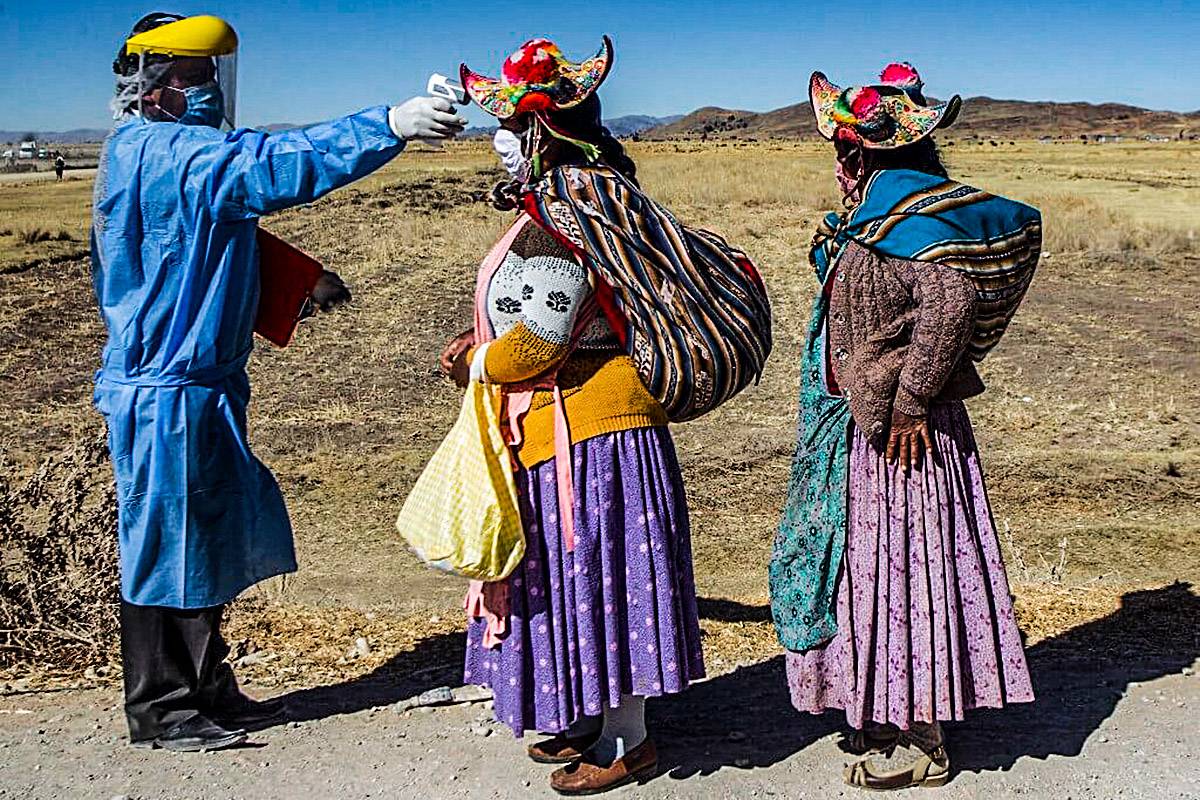RIO DE JANEIRO, BRAZIL – The government of Peru extended the night curfew, or mandatory social immobilization, until September 5 and the state of health emergency due to Covid-19 for 30 days, until October 1, according to supreme decrees published in the official gazette El Peruano.
The mobility restriction measures due to the expansion of the pandemic imposed by the government of Francisco Sagasti (2020-2021) expired on Sunday. The current government decided to extend them to evaluate the arrival of a probable third wave.
Read also: Check out our coverage on Peru
In that sense, the administration of Pedro Castillo extended the duration of the mandatory curfew, between midnight and 4 AM, for some 30 provinces that are in the high alert level.

In the provinces at a very high alert level, such as the jungle provinces of Huanuco and Moyobamba, the curfew starts at 10:00 PM and ends at 4:00 AM the following morning.
Until last month, there was no region at the extreme alert level due to the decline of the second wave of infections and deaths due to the pandemic.
The Ministry of Health is currently working rapidly to vaccinate the adult population, which numbers 24 million inhabitants, given the fear that a third wave will hit the country between September and October.
In Lima, the country’s capital, where one-third of the total population lives, and the neighboring port of Callao, the curfew begins at 12 midnight and ends at 4 AM the following morning.
In the next 10 days, the Ministry of Health will present a proposal for new preventive measures, given that to date, there are reduced capacities in several activities in closed premises and the obligation to use face masks.
During the state of a health emergency, constitutional rights relating to personal freedom and security, inviolability of the home, and freedom of assembly and transit in the territory are restricted.
Until September 5, most of the country’s provinces limited capacity to 50% in casinos and slot machines, gymnasiums, movie theaters, performing arts, shopping centers, galleries, and department stores. In the case of restaurants, temples, museums and sports clubs the limit will be 60 %. Outdoor activities have no capacity restrictions.
In turn, in the provinces with high alert levels, the capacity in closed places will be reduced to 40% and in restaurants to 50% of their capacity.
Given that practically all commercial and productive activities have been reactivated to date, with different levels of capacity and protocols, several groups of parents and teachers marched last Saturday in Lima to demand the return to on-site classes, suspended since the end of 2019.

